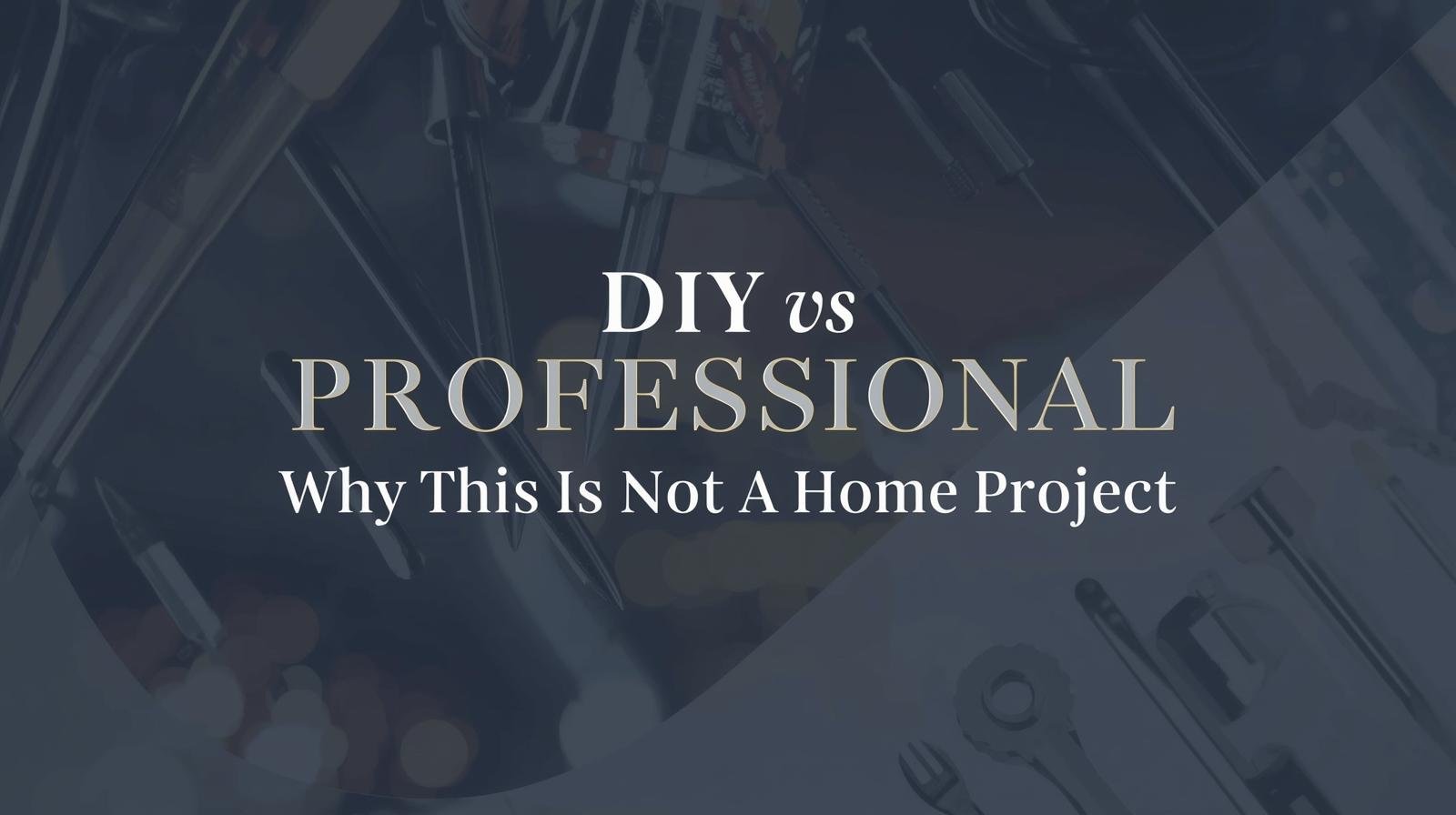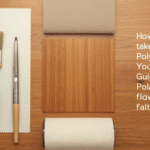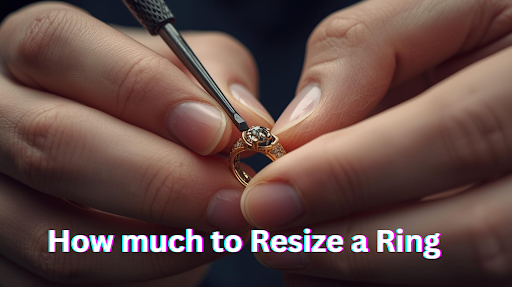How Much to Resize a Ring? Your Complete 2025 Cost Guide
That moment of panic is real. You slide your favorite ring on or off, and your heart sinks. Maybe it’s an heirloom engagement ring that’s a tad too loose, risking a tragic loss. Or perhaps a cherished gift from a loved one that just won’t quite make it over your knuckle. Whatever the reason, a ring that doesn’t fit is a source of constant anxiety.
Your first question is almost certainly, “How much to resize a ring?”
The answer, like most things of value, isn’t a simple flat fee. It’s a story woven from the type of metal, the ring’s design, and the skill of the artisan holding the torch. As someone who has both paid for this service and spoken with master jewelers, I can tell you that understanding the why behind the cost is just as important as the price itself.
This guide will walk you through every factor that influences the final bill, so you can approach your jeweler with confidence and ensure your precious piece is in the right hands.
The Short Answer: What’s the Average Cost to Resize a Ring?
Before we dive into the nuances, let’s establish a baseline. For a straightforward resize (up or down by one or two sizes) on a simple band made of a common metal like gold or silver, you can generally expect to pay:
- $20 to $60 for a basic resize at a local jeweler.
- $50 to $150 for the same job at a high-end or designer jeweler.
But these numbers are just the opening chapter. The real story is in the details.
Breaking Down the Cost: Key Factors That Influence the Price
Why such a wide range? Several critical elements come into play, each adding layers of complexity, time, and cost to the job.
1. The Direction of Change: Sizing Up vs. Sizing Down
This is the most fundamental differentiator.
- Sizing Down ($20 – $80): This is often simpler and cheaper. The jeweler cuts a small section out of the shank (the band), forms the ring back into a perfect circle, and solders it back together. Less material is needed, and the process is generally quicker.
- Sizing Up ($40 – $150+): This requires more work and material. The jeweler must cut the band and stretch it or add a new piece of metal to bridge the gap. This new metal must be a perfect match in karat and color (e.g., 14k yellow gold), which is an added material cost. The process also requires more labor to ensure a seamless, invisible join.
2. Ring Metal Type: From Sterling Silver to Platinum
The metal your ring is made from drastically affects the price due to material costs and the technical skill required to work with it.
| Metal Type | Typical Resizing Cost Range | Why It Costs What It Does |
| Sterling Silver | $20 – $50 | A softer, more affordable metal. Easier to work with, making labor costs lower. |
| 10k or 14k Gold | $30 – $80 | The most common scenario. A good balance of durability and workability for jewelers. |
| 18k Gold or Higher | $50 – $120 | Softer and more valuable. Requires a more delicate touch to avoid damage, increasing labor time. |
| Platinum | $75 – $200+ | The most expensive option. Platinum has a very high melting point, requiring specialized torches and tools. It is also extremely durable, making the process more labor-intensive. |
3. Ring Style and Design Complexity
A plain wedding band is a world apart from an intricate vintage piece, and design can be the biggest cost driver when considering how much to resize a ring.
-
Simple Band ($20 – $60): No stones, no patterns, no complications. This is the most straightforward and affordable job.
-
Channel-Set or Eternity Bands ($100 – $300+): Costs can skyrocket. Resizing a ring with stones running all the way around is incredibly complex. Stones often need to be removed to prevent heat damage or cracking, then reset afterward, adding significant labor and risk.
-
Rings with Delicate Engravings or Patterns ($70 – $150): If the shank has a pattern or engraving, a skilled jeweler must “re-engrave” the solder area to make it seamless—an artisanal skill that raises the price.
-
Tension-Set or Vintage/Antique Rings (Varies Widely): These require specialized expertise. Tension settings make resizing a major operation, while vintage rings can be brittle and unpredictable under heat. The Jewelry Editorial stresses that antique pieces should always be handled by a specialist to preserve integrity and value.
4. The Size of the Change
Needing to go up or down one or two sizes is standard. Needing a four or five-size change is a major alteration that can compromise the ring’s structural integrity and appearance. For large size increases, a jeweler may recommend completely remaking the shank, which is a custom job with a custom price tag.
The “Hidden” Costs and Important Considerations
When you ask for a quote, make sure you’re getting the full picture. A reputable jeweler will be upfront about these potential add-ons:
- Inspection and Re-polishing: A good resize should include a thorough cleaning and polishing to make the solder join invisible. This is often included but always confirmed.
- Rhodium Plating (for White Gold): If your white gold ring is resized, the heat from soldering will damage the rhodium plating, leaving a visible yellow patch. Re-plating the entire ring (for a consistent look) typically costs an additional $40 – $80.
- Stone Tightening/Re-tipping: A resize is the perfect time to have the prongs holding your center stone checked and tightened. If the prongs are worn, they may need “re-tipping,” which is a separate service.
Can All Rings Be Resized?
This is the most important question to ask before worrying about cost. Unfortunately, some rings are not good candidates for resizing:
- Tungsten Carbide or Titanium: These metals are incredibly hard and cannot be resized using traditional methods. They would likely need to be replaced entirely.
- Full Eternity Bands: As mentioned, resizing these is often impossible without compromising the stones or the setting.
- Rings with Extreme Wear or Damage: If the metal is paper-thin or cracked, soldering could cause further damage. A jeweler might advise against it.
Also Read: How Long Does it Take for Super Glue to Dry
DIY vs. Professional: Why This is Not a Home Project

It might be tempting to buy a ring sizing kit from an online marketplace. Don’t. These DIY methods, which often involve squeezing the ring or adding invisible bumps, can irreparably damage your ring, weaken the metal, and crack stones. The cost of repairing a botched DIY job will far exceed how much to resize a ring professionally from the start.
A professional jeweler has the training, tools, and insurance to handle your valuable piece correctly. The Gemological Institute of America (GIA) emphasizes the importance of using a credentialed jeweler for any repair work to protect your investment.
Getting an Accurate Quote: Your Action Plan
- Choose a Reputable Jeweler: Look for established local jewelers with strong reviews or the jeweler who originally sold you the piece. Avoid mall kiosks for valuable items.
- Ask to See Examples: A good jeweler will be proud to show you before-and-after photos of their resizing work.
- Get a Detailed, Written Estimate: The quote should break down labor, materials, and any additional services (like rhodium plating). Ask, “Is this the total, out-the-door price?”
- Ask About Their Process: A quick chat can reveal their expertise. They should explain how they will protect stones, match the metal, and ensure a seamless finish.
- Understand the Warranty: Does their work come with a guarantee on the solder joint?
So, How Much Will Your Ring Resize Cost?
The journey to a perfect fit starts with understanding that how much to resize a ring is a conversation, not a simple question. For a simple silver or gold band, you might spend less than $50. For a platinum, stone-covered family heirloom, you could be looking at a $300+ investment in its preservation.
That investment isn’t just in metal and labor; it’s in peace of mind. It’s knowing that the ring that carries your memories and symbolism is secure on your finger, ready to be part of your story for years to come.
Conclusion
Ultimately, the question of “how much to resize a ring” is less about finding a single number and more about understanding the value of expert craftsmanship. It’s an investment in preserving not just a piece of jewelry, but the memories and meaning it holds. While a simple resize can be surprisingly affordable, a complex one requires a level of skill that is worth every penny. The true cost is the assurance that your treasured ring is handled with care, precision, and the expertise it deserves, ensuring it sits perfectly on your finger for many more years to come. Don’t let a simple size issue keep you from wearing what you love—armed with this knowledge, you can now find the right professional to make it right.
Read More Like This: How to Elope
Frequently Asked Questions (FAQs)
How long does it take to resize a ring?
For a standard resize with no complications, most jewelers will need 3 to 7 business days. However, this timeline can extend to two weeks or more for complex jobs involving stone removal, re-tipping, or if the jeweler needs to special-order a specific metal alloy for a perfect match. Always ask for a timeframe upfront, especially if you’re considering how much to resize a ring and what impact it may have on the process.
Can a ring be resized multiple times?
Yes, but with caution. Most simple bands can be resized up and down two times without significant issue. However, each resize weakens the metal slightly at the solder points. For rings with intricate designs or stones, it’s best to minimize resizing. If your size fluctuates frequently, consider alternative solutions like temporary ring guards or sizing beads. If you’re worried about how much to resize a ring multiple times, it’s best to ask your jeweler about the long-term impact on durability.
What are sizing beads, and are they a cheaper alternative?
Sizing beads are small, discrete metal balls soldered to the inside of the band to make a ring fit more snugly. They are an excellent, low-cost alternative (typically $20–$40) for making a ring slightly smaller without altering the band itself. This is a great reversible option for people who struggle with a ring spinning on their finger but don’t want to permanently change its size, and it’s often mentioned by jewelers when people ask how much to resize a ring.
My ring is stamped “TI” or “Tungsten.” Can it be resized?
Almost certainly not. Rings made from tungsten carbide, titanium, or ceramic cannot be traditionally resized due to their extreme hardness and brittleness. Attempting to solder or cut them would cause them to shatter. If you’re wondering how much to resize a ring made from these materials, the answer is that it usually isn’t possible — your only options are to exchange it (if possible) or have a new ring made in the correct size.
How can I tell if my ring has been resized well?
A quality resize should be invisible to the naked eye. After picking up your ring:
- Look: Inspect the band from all angles. You should not be able to see a visible seam, bump, or discoloration where the solder was done.
- Feel: Run your finger along the inside and outside of the band. It should feel perfectly smooth with no rough spots or ridges.
- Check the Stones: Ensure all stones are secure and haven’t been loosened during the process.
Any reputable jeweler will guarantee their work, so if you’re concerned about how much to resize a ring or notice any flaws, don’t hesitate to point them out immediately.











